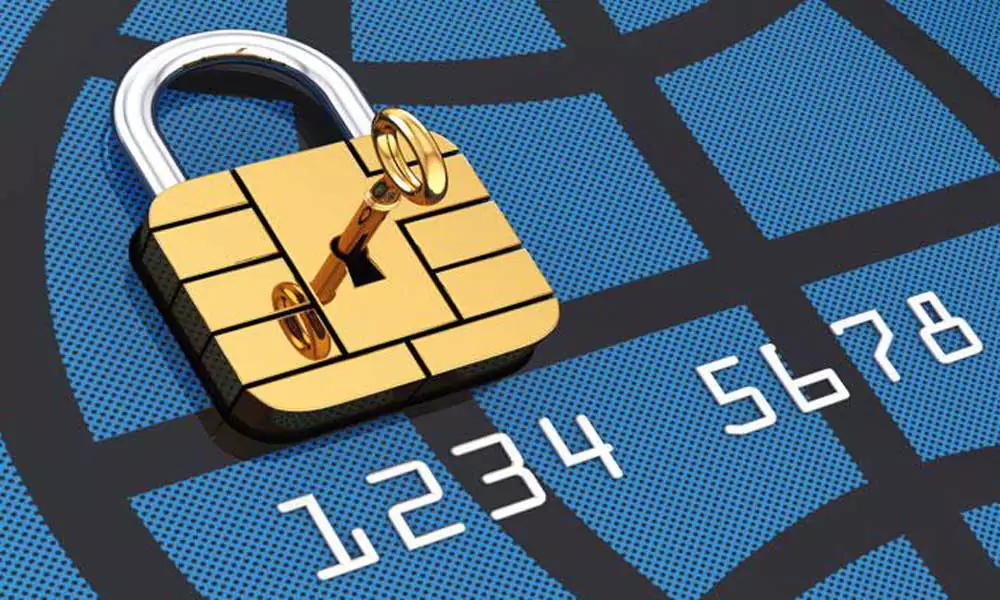Earlier this year, it was announced that Visa Inc. and MasterCard Inc. pushed back the deadline for installing EMV chip-card readers at gas pumps in the United States to 2020, following discussions with retailers who stated that they did not have adequate time to complete the multibillion-dollar upgrades.
However, presenters at Gilbarco Veeder-Root’s 2017 Retail Technology Conference, held recently in Myrtle Beach, urged retailers not to delay in upgrading their automatic fuel dispenser systems to EMV, and offered several reasons why they should act now despite the later deadline.
Under EMV liability shift deadlines, c-store retailers needed to upgrade their POS to EMV-ready readers by Oct. 1, 2015; at the ATM on Oct. 1 of this year; and at the forecourt by Oct. 1, 2017 in order to avoid being held financially responsible for fraudulent transactions. Merchants now have until October 1, 2020 to adopt the technology.
Conference speaker Steve Scarince of the U.S. Secret Service has seen his fair share of credit card fraud cases and explained that since Canada went full tilt in EMV acceptance, there has been a corresponding sharp uptick in fraud cases in the United States. This speaks to the credibility of EMV, and the urgent need for U.S. retailers to get on board, according to Scarince.
EMV is far from perfect; criminals have already found ways to work around the increased security, Scarince acknowledged. However, despite the continuation of credit card skimmers and other scams, EMV is more than worth having, he believes.
Among retailers’ leading concerns about the 2020 forecourt liability shift is the chargebacks they will face if they don’t get on board by 2020.
During one of the conference sessions entitled “At the Pump: EMV 2020? Now What?” retailers were informed that chargebacks could hit their businesses even before the 2020 deadline. At sites that have a high occurrence of credit card fraud, chargebacks could be coming soon, the speakers cautioned.
In addition to chargebacks, retailers are concerned about their customers’ willingness to adopt EMV.
Millennials are the least enthused about EMV due to their perception of it taking longer than swiping, and the reality that it takes longer than tap-and-go. To get more millennials to embrace EMV, retailers need to point out the aforementioned safety benefits while also finding creative and effective ways to train customers to use chip card readers, according to Gilbarco executives.
Interestingly, while 44 percent of U.S. businesses have made the switch to EMV, making up three-quarters of that percentage are small and medium-sized businesses. Big businesses with the infrastructure to implement EMV should follow the lead of the smaller businesses and fast, presenters at the event urged.




